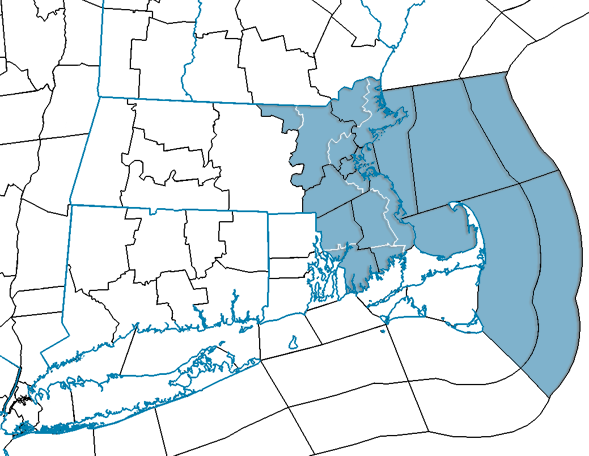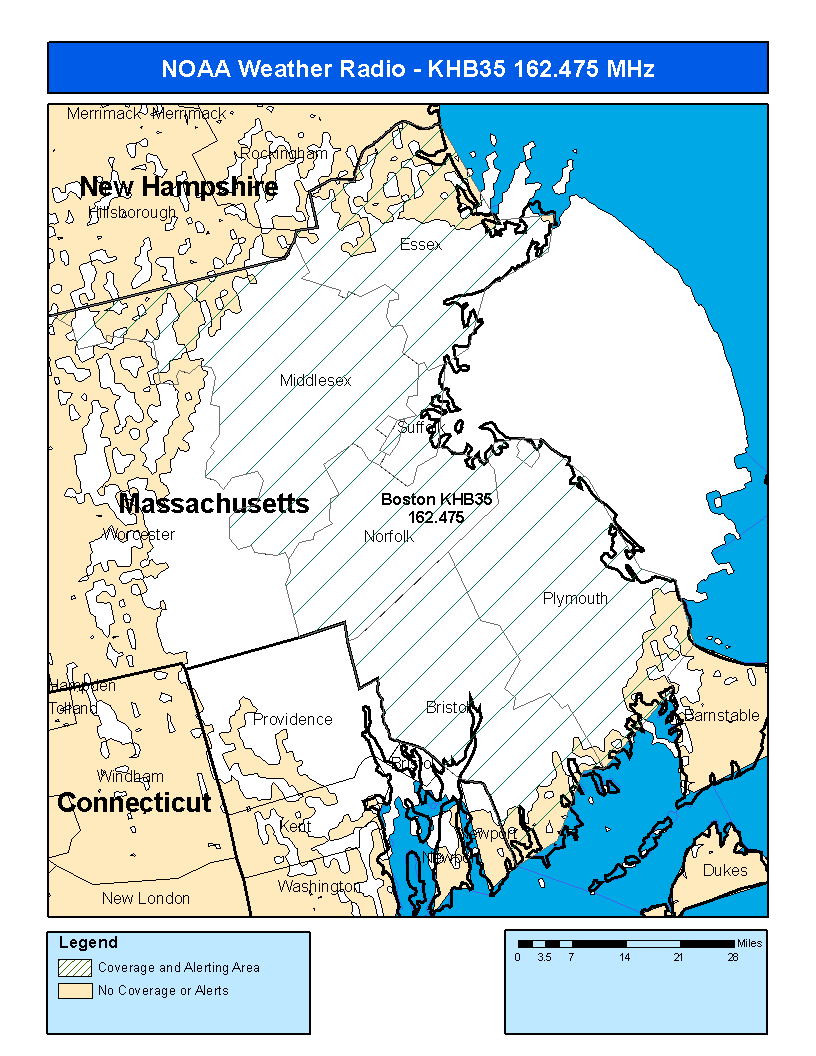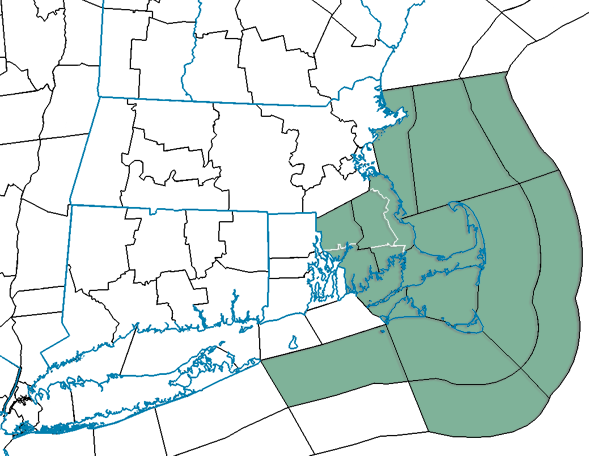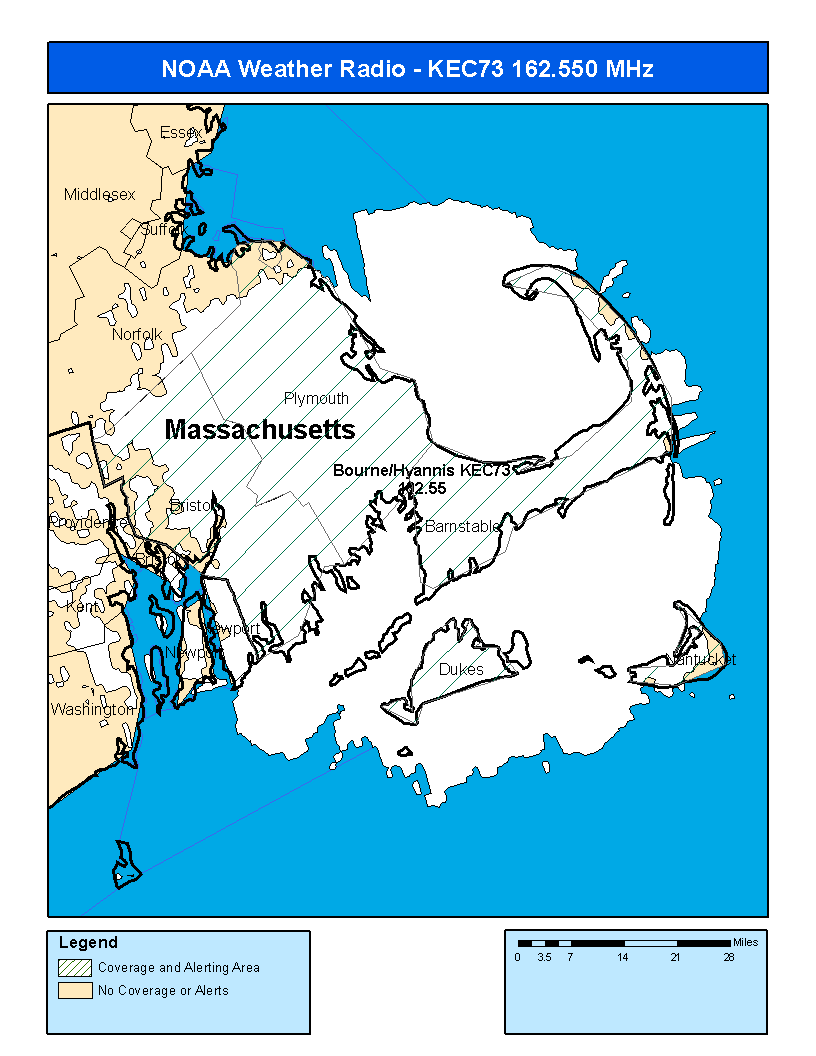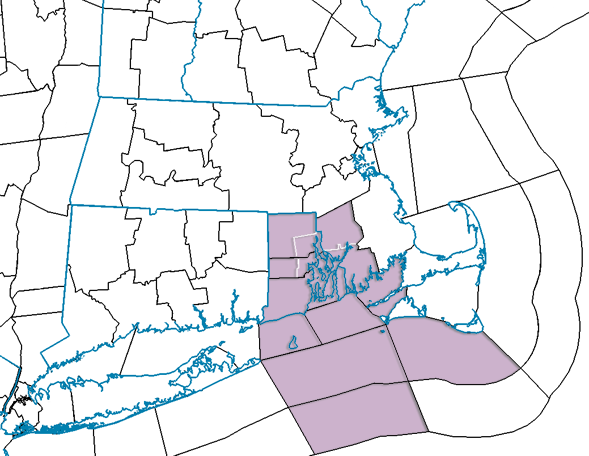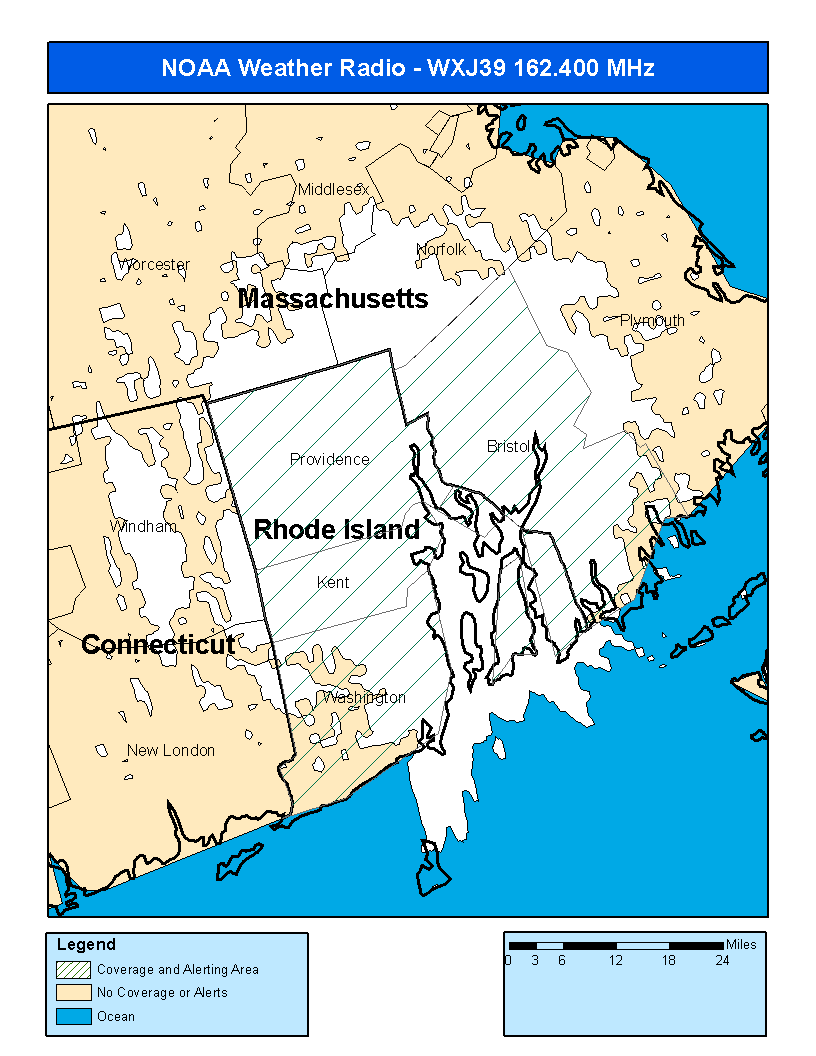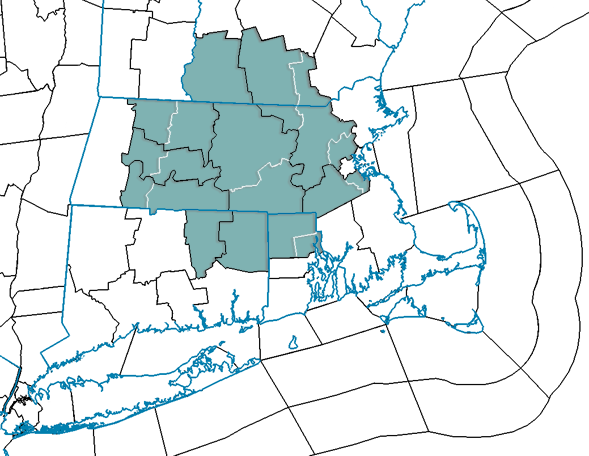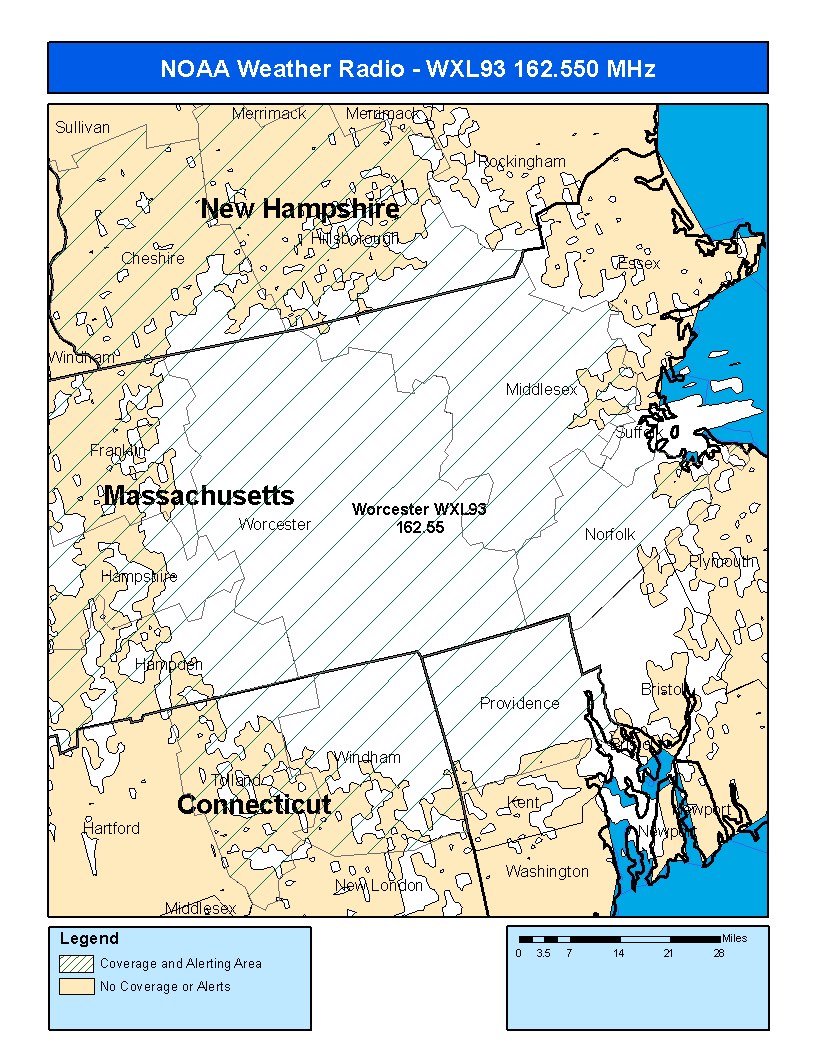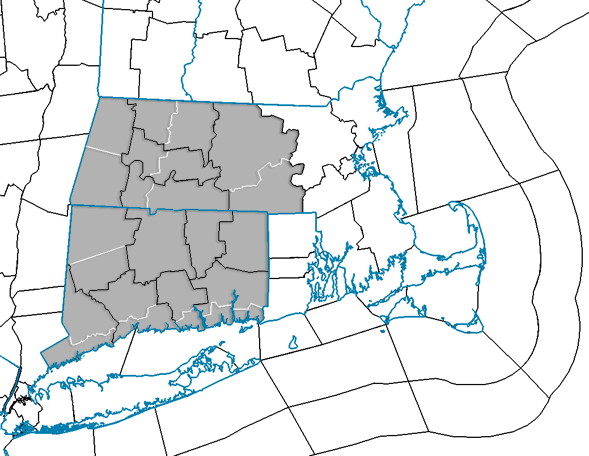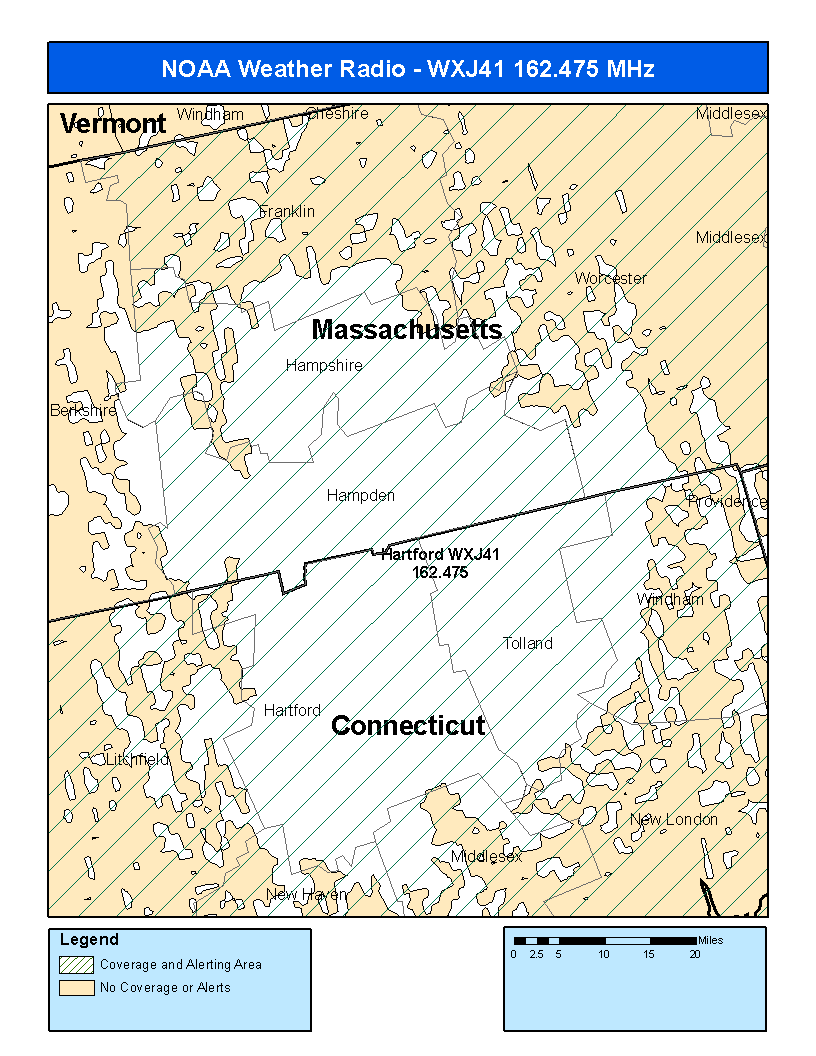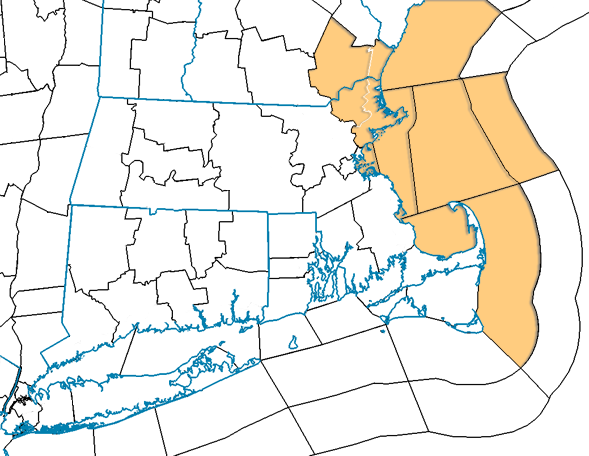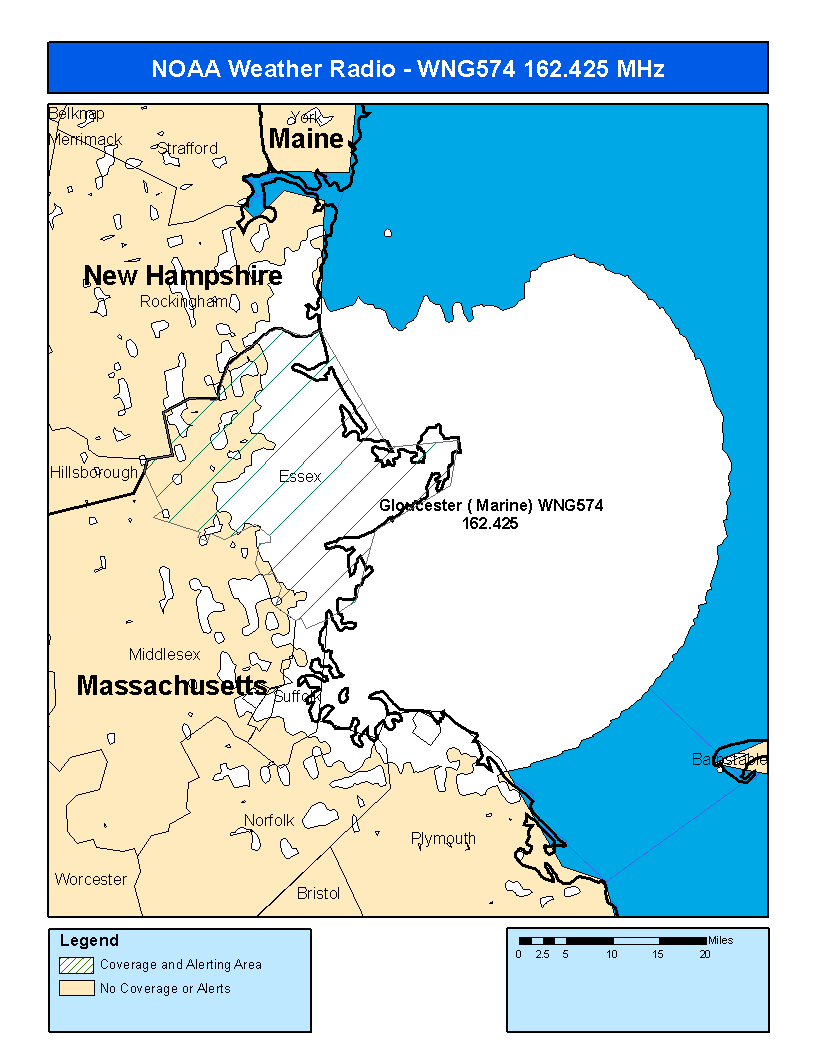NWR broadcasts National Weather Service (NWS) warnings, watches, forecasts and other non-weather related hazard information 24 hours a day.
During an emergency, NWS forecasters interrupt routine broadcasts and send a special tone activating local weather radios.
Weather radios equipped with a special alarm tone feature sound an alert to give you immediate information about a life-threatening situation.
NWR broadcasts warnings and post-event information for all types of hazards: weather (e.g., tornadoes, floods), natural (e.g., earthquakes, forest fires and volcanic activity), technological (e.g., chemical releases, oil spills, nuclear power plant emergencies, etc.), and national emergencies (e.g., terrorist attacks).
Working with other Federal agencies and the Federal Communications Commission's (FCC) Emergency Alert System (EAS), NWR is an all-hazards radio network, making it the most comprehensive weather and emergency information available to the public.
Life-threatening weather emergency messages are alerted on NWR.
Many of those same weather-related emergency messages are also broadcast via the EAS.
For non-weather emergencies, NWS activates the system at the request of local and/or state officials.
NWS does not initiate the contact or the message.
Local or state officials provide text information about the non-weather hazard directly to the local NWS offices.
NWS offices set up agreements to speed the process, since minutes make a difference.
In most areas, the local or state Office of Emergency Management or Preparedness, civil defense, police or mayor/commissioner sets up linkages to send messages on systems such as the EAS and NWR.
There are many receiver options, however, ranging from handheld portable units that just pick up Weather Radio broadcasts, to desktop and console models which receive Weather Radio as well as other broadcasts.
NWS staff produce Weather Radio broadcasts.
NWS neither manufactures nor sells receivers.
You can buy receivers at many retail outlets such as electronics, department, sporting goods, and boat and marine accessory stores and their catalogs as well as online.
We cannot recommend one brand of receiver over another, but we do recommend users look for receivers with the Public Alert and/or the NOAA Weather Radio (NWR) All Hazards logo.
The Public Alert Standard (CEA-2009-A) was developed by the Consumer Electronics Association in conjunction with NWS.
Devices carrying the Public Alert logo meet certain technical standards and come with many, if not all, of the features mentioned below.
NWS has evaluated devices carrying the NOAA Weather Radio All Hazards logo for user friendliness and performance capabilities.
NWS does not endorse a specific make or model of receiver.
The lists below, which contain just some of the many NOAA Weather Radio/EAS receiver resellers, is provided as a convenience and not an endorsement.
The name, NOAA Weather Radio, represents radio receivers that are capable of receiving weather and/or warning information from NWS Forecast Offices, approved Department of Homeland Security offices responsible for the dissemination of warning information, and those Emergency Operation Centers that have been specifically authorized to disseminate warnings on the NWR operational frequencies.
To be called a NOAA Weather Radio All Hazards receiver, the device must possess specific receiver requirements.
NWR receivers with either Specific Area Message Encoding (SAME) or 1050 Hertz tone alerting capability are eligible to apply the NWR logo.
NWR receivers which do not include either of these alerting capabilities are not eligible for NWR logo use.
To be classified as a NOAA Weather Radio All Hazards receiver, the receiver must meet, at a minimum, stringent requirements as specified in the Consumer Electronics Association (CEA) Standard 2009-B (or current revision), Performance Specification for Public Alert Receivers.
SAME capable receivers are required to meet all CEA-2009-B requirements while receivers which alert using the 1050 Hertz tone are required to meet all the CEA-2009-B requirements, with the exception of section 5, which is only pertinent for SAME capable receivers.
There is a difference in the logos used for weather alert receivers.
The three logos are different in their definition and the organization sponsoring them.
Each logo depicted may, upon receipt of written authorization from the respective controlling organization, be displayed alone or in combination with any of the other logos.
It is important to know that each of the logos depicted, in addition to being sponsored by different organizations, are referred to by different names.
The NOAA logo, represented by the letters "NOAA" above the seagull in the circle is a registered trade mark of the Department of Commerce.
The NOAA Weather Radio All Hazards logo, represented by the words "All Hazards" above the letters "NOAA", is a registered trade mark of the National Weather Service under the Department of Commerce.
The Public Alert logo, represented by the words "Public Alert", is a registered trade mark of the Consumer Electronics Association.
Public Alert receivers are authorized to display the Public Alert logo, after official certification and adherence to licensing requirements from CEA.
Each of the logos discussed require adherence and compliance to the specifications contained in CEA-2009-B, and written authorization for use after licensing requirements have been satisfied.
A weather band receiver may display both, the NOAA Weather Radio All Hazards and the Public Alert logos, if logo requirements are met and specific written authorization has been received from both NOAA’s National Weather Service and CEA.
NWR transmitters broadcast on one of seven VHF frequencies from 162.400 MHz to 162.550 MHz.
The broadcasts cannot be heard on a simple AM/FM radio receiver.
Consult the TRANSMITTERS tab above.
Note the state identifiers to the adjacent right.
Check out the coverage maps or station lists on the TRANSMITTERS tab above to determine if the area in which you live is covered by NWR.
Only the most imminent life- and property-threatening hazards are broadcasted with both the Specific Area Message Encoding (SAME) signal and 1050 Hertz warning alarm tone, alerting listeners that they should immediately act to protect themselves and their property.
To find what messages contain both the SAME and 1050 Hertz warning, consult the BROADCAST SUITES tab and click through the HIGH and EXCLUSIVE suites.
Products that are toned will be appended with a YES under the TONES? column.
Messages are alerted at all times only for hazards urgent enough to warrant waking people up in the "middle of the night" or otherwise interrupting someone's activities at any time.
Times are denoted accordingly for only those products which have a "silent-period" in the middle of the night.
NWS does NOT manufacture any brand of weather radio receiver.
To get assistance programming your receiver, or to discuss problems, you may be experiencing with its operation, please contact the receiver's manufacturer.
Below is a list of many NWR manufacturers.
If your radio's manufacturer is not listed, please refer to your User/Owner’s Manual for contact information.
The following manufacturers have had their radios evaluated and approved by the National Weather Service.
NOAA WEATHER RADIO approved manufactures may also produce other models which are not approved by the National Weather Service.
Visit their web sites to view specifications and owner's manuals to compare features.
The links below take you outside this government site.
After buying an NWR Specific Area Message Encoding (SAME) receiver, you must program your county, parish, independent city or marine area into the radio.
Once programmed, your NWR will then alert you only of weather and other emergencies for the county(s)/ area(s) you chose.
To program NWR SAME receivers with the proper county(s) and marine area(s) of choice, you need to know the 6-digit SAME code number.
Then follow the directions in your radio's user's manual.
You can get your SAME number by clicking the SAME / FIPS tab above.
NWR SAME Code is a 6-digit sequence that uniquely describes each county.
For coding of a whole county, the first digit is zero.
For coding of a part of a county, the first digit is a non-zero number.
The 2nd through 6th digits use the Federal Information Processing Standard (FIPS).
The 2nd and 3rd digits are the 2-digit state/equivalent territory identifier; the last three digits are the county or equivalent area identifier.
For example, Barnstable County in Massachusetts is 025001.
The 0 identifies coding to the entire county, while 25 represents Massachusetts alphabetically within a listing of all states.
Lastly, 001 is the county area identifier as Barnstable is the first county alphabetically within a list of all Massachusetts birthdays.
NWR receivers with SAME, alert for emergencies anywhere within the coverage area of the NWR transmitter,
typically several counties, even though the emergency could be well away from the listener.
When an NWS office broadcasts a warning, watch or non-weather emergency, it also broadcasts a digital SAME code that may be heard as a very brief static burst, depending on the characteristics of the receiver.
This SAME code contains the type of message, county(s) affected, and message expiration time.
A programmed NWR SAME receiver will turn on for that message, with the listener hearing the 1050 Hz warning alarm tone as an attention signal, followed by the broadcast message.
At the end of the broadcast message, listeners will hear a brief digital end-of-message static burst followed by a resumption of the NWR broadcast cycle.
SAME is also used in the Emergency Alert System (EAS).
Using SAME, broadcasters may receive NWR warning messages for rebroadcast in accordance with EAS rules.
If the Warning is for a tornado or flash flood, you should immediately take steps to protect yourself.
Every household should have an emergency plan that lets everyone know what to do to prevent injury or death.
These actions may include moving to the basement, a safe room, or lower, interior levels of your home during a tornado or evacuating to higher ground along a pre-established route during a flash flood.
The NWR SAME Warning message broadcast you receive also triggers the Emergency Alert System at your local television and radio stations.
The message is also immediately available on the Web and at
http://www.weather.gov.
Either or both of these sources of text information can be monitored to get additional information, if you can do so without putting yourself at risk.
First check to see if your county is covered by a NWR station (consult the TRANSMITTERS tab above).
The range for NWR reception is about 40 miles from the transmitter. However, many things may impact reception.
Forests, deserts and hills/mountains tend to greatly reduce reception. Reception in cities may be reduced due to steel and concrete, while higher elevations will enhance the signal.
Reception can vary from room to room.
Mineral deposits in the ground can affect your radio signal.
Moving even a few feet can increase a weak signal to a strong one.
It may help to be near a window facing the direction of the station, away from other electronic equipment, and on an upper level.
Generally, the least expensive NWR models are the ones that have reception problems.
Many models will have a port to hook up an external antenna.
You can buy an external antenna from any electronics store or make your own:
Use a two-conductor piece of wire attached to a wall and stretched up the wall toward the ceiling.
As the wire nears the ceiling, split the wire conductors to form a “T.â€
Where the wire splits into its horizontal section, each section should be at least 18 inches long.
You can also tap into your regular outside or inside TV antenna.
Problems receiving the NWR broadcast can be due to issues with the NWR transmitter, your NWR receiver, or possibly both.
If you are unable to receive the NWR broadcast and are reasonably certain that your receiver is operating correctly, consult the page listed below where you can also check the list of known outages/degraded service before submitting an outage report.
http://www.nws.noaa.gov/nwr/outages/report.php
From the introduction of NOAA Weather Radio until the late 1990s, nearly all the voices heard in the broadcasts were those of the staff at local National Weather Service (NWS) offices.
The messages were manually recorded, first on tape cartridges and later digitally, and placed in the broadcast cycle.
As part of the NWS Modernization during the 1990s, many local offices were closed and their NOAA Weather Radio consoles were moved to the new or enhanced Weather Forecast Offices.
This was also the start of a period of rapid expansion of the Weather Radio network.
What had been about 400 transmitters in 1990 grew to near 600 by the end of 2000 and is now (at the end of 2006) over 960 transmitters across the 50 states, Puerto Rico, Guam, and American Samoa.
To cope with the increasing number of transmitters at each office, and to speed the overall delivery of warning messages to the public, the Console Replacement System (CRS) was deployed at NWS Weather Forecast Offices in the late 1990s.
CRS introduced a computerized voice nicknamed "Paul" using the DECTalk text-to-speech system.
DECTalk grew out of research by the late Dr. Dennis Klatt of MIT.
While CRS greatly enhanced the speed of delivery and scheduling of Weather Radio messages, there was some dissatisfaction with Paul's voice.
The National Weather Service embarked on a Voice Improvement Processor (VIP) program in late 2000, and implemented newer text-to-speech voices nationwide in 2002, nicknamed "Donna" and "Craig".
A year later, further updates were made.
The "Donna" voice was improved, "Craig" was replaced by "Tom", and a Spanish voice "Javier" was added at a few sites.
The VIP voices generally have been better received by the public than "Paul".
There is a better capability to fine-tune the pronunciation of words and phrases along with controls to adjust the volume and rate of speech.
These all help to make the voices more understandable when it really counts - in warning situations.
For samples of all the voices, consult the following:
http://www.nws.noaa.gov/nwr/info/newvoice.html
NWR offers non-verbal information imbedded in its broadcasts to provide timely, critical warnings of life threatening events to the deaf and hard of hearing.
Some receivers are equipped with special output connectors that activate alerting devices such as bed and/or pillow shakers, strobe lights and other alerting systems.
With Specific Area Message Encoding (SAME) technology, NWR receivers can be programmed to set off an alarm for specific events (tornado, flash flood, etc.) and specific counties of interest to you.
How does it work?
Assuming a weather- or non-weather-hazard is occurring or about to occur that requires public notification, the associated information is immediately input to a computer at a local Weather Forecast Office and broadcast by NWR transmitters to areas at risk.
Digital codes are added to each broadcast to identify the event (tornado, flash flood, local civil emergency, etc.) and the specific counties affected.
When the Warning is received by an NWR SAME receiver, the receiver turns itself on, sounds an alarm, activates a Warning light, writes a short message (TORNADO) on the display, and activates connected external devices, strobe lights, sirens, etc.
Where can I get the necessary equipment and what does it cost?
Ready-to-use systems are marketed by Silent Call and Harris Communications.
The cost of a basic NWR SAME receiver is $50 to $80.
Systems packaged with external alarm devices start at $100.
NWR SAME receivers with features useful to the deaf and hard of hearing, such as an output to activate external devices, an LCD display, and battery back-up power are manufactured and/or sold by several companies, including Radio Shack, Midland, Uniden, and First Alert.
Connecting some of them to external alarm devices requires a knowledge of electronics and some electronic technician skills for proper installation.\
Where can I buy an NWR receiver and accessories for the deaf and hard of hearing?
Contact one of the vendors listed below.
Purchase an NWR receiver or system only with the understanding that if it does not work in your area that it can be returned for a full refund.
Vendors of NWR Specifically Packaged for Deaf and Hard of Hearing:
More information can be found at the following:
http://www.nws.noaa.gov/nwr/info/shhh.html
